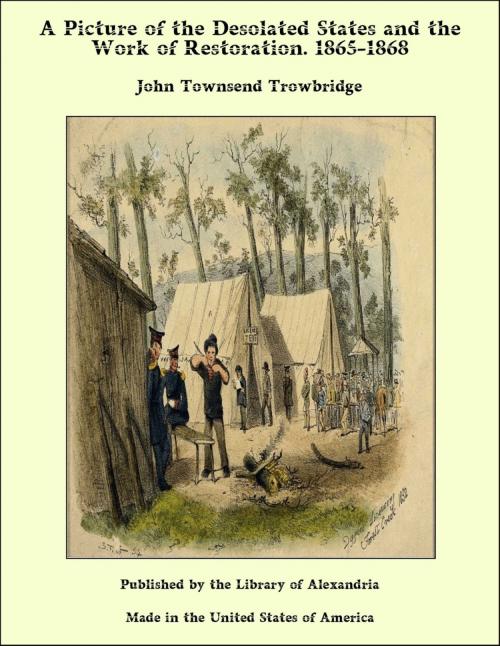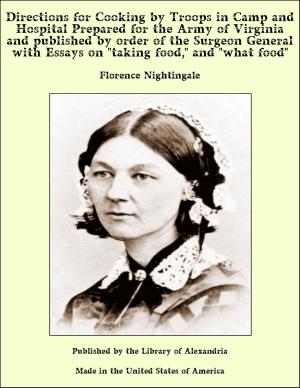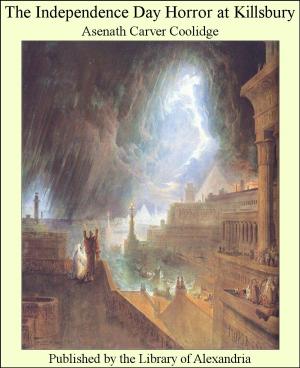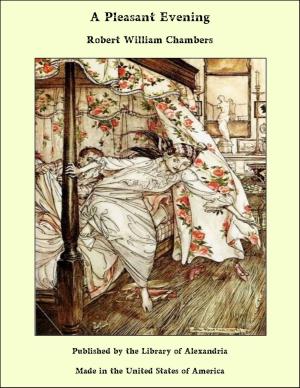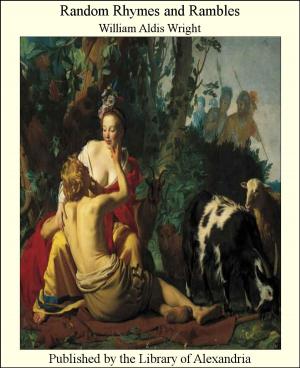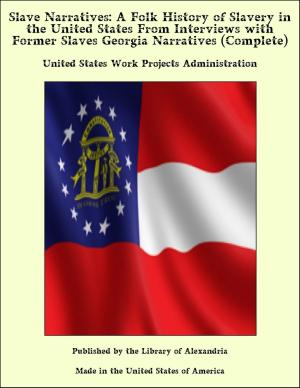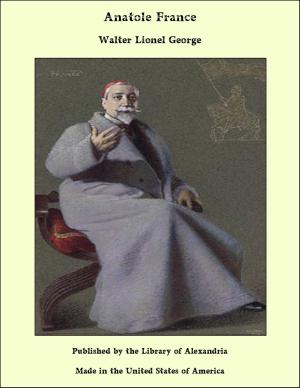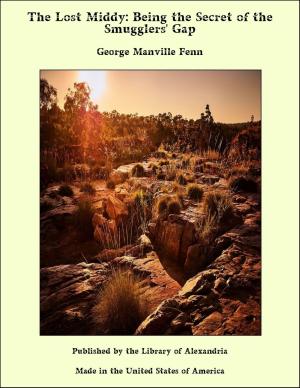A Picture of the Desolated States and the Work of Restoration. 1865-1868
Nonfiction, Religion & Spirituality, New Age, History, Fiction & Literature| Author: | John Townsend Trowbridge | ISBN: | 9781465621566 |
| Publisher: | Library of Alexandria | Publication: | March 8, 2015 |
| Imprint: | Language: | English |
| Author: | John Townsend Trowbridge |
| ISBN: | 9781465621566 |
| Publisher: | Library of Alexandria |
| Publication: | March 8, 2015 |
| Imprint: | |
| Language: | English |
In the month of August, 1865, I set out to visit some of the scenes of the great conflict through which the country had lately passed. On the twelfth I reached Harrisburg,—a plain, prosaic town of brick and wood, with nothing especially attractive about it except its broad-sheeted, shining river, flowing down from the Blue Ridge, around wooded islands, and between pleasant shores. It is in this region that the traveller from the North first meets with indications of recent actual war. The Susquehanna, on the eastern shore of which the city stands, forms the northern limit of Rebel military operations. The “high-water mark of the Rebellion” is here: along these banks its uttermost ripples died. The bluffs opposite the town are still crested with the hastily constructed breastworks, on which the citizens worked night and day in the pleasant month of June, 1863, throwing up, as it were, a dike against the tide of invasion. These defences were of no practical value. They were unfinished when the Rebels appeared in force in the vicinity: Harrisburg might easily have been taken, and a way opened into the heart of the North. But a Power greater than man’s ruled the event. The Power that lifted these azure hills, and spread out the green valleys, and hollowed a passage for the stream, appointed to treason also a limit and a term. “Thus far and no farther.” The surrounding country is full of lively reminiscences of those terrible times. Panic-stricken populations flying at the approach of the enemy; whole families fugitive from homes none thought of defending; flocks and herds, horses, wagon-loads of promiscuously heaped household stuffs and farm produce,—men, women, children, riding, walking, running, driving or leading their bewildered four-footed chattels,—all rushing forward with clamor and alarm under clouds of dust, crowding every road to the river, and thundering across the long bridges, regardless of the “five-dollars-fine” notice, (though it is to be hoped that the toll-takers did their duty;)—such were the scenes which occurred to render the Rebel invasion memorable. The thrifty Dutch farmers of the lower counties did not gain much credit either for courage or patriotism at that time. It was a panic, however, to which almost any community would have been liable. Stuart’s famous raid of the previous year was well remembered. If a small cavalry force had swept from their track through a circuit of about sixty miles over two thousand horses, what was to be expected from Lee’s whole army? Resistance to the formidable advance of one hundred thousand disciplined troops was of course out of the question. The slowness, however, with which the people responded to the State’s almost frantic calls for volunteers was in singular contrast with the alacrity each man showed to run off his horses and get his goods out of Rebel reach.
In the month of August, 1865, I set out to visit some of the scenes of the great conflict through which the country had lately passed. On the twelfth I reached Harrisburg,—a plain, prosaic town of brick and wood, with nothing especially attractive about it except its broad-sheeted, shining river, flowing down from the Blue Ridge, around wooded islands, and between pleasant shores. It is in this region that the traveller from the North first meets with indications of recent actual war. The Susquehanna, on the eastern shore of which the city stands, forms the northern limit of Rebel military operations. The “high-water mark of the Rebellion” is here: along these banks its uttermost ripples died. The bluffs opposite the town are still crested with the hastily constructed breastworks, on which the citizens worked night and day in the pleasant month of June, 1863, throwing up, as it were, a dike against the tide of invasion. These defences were of no practical value. They were unfinished when the Rebels appeared in force in the vicinity: Harrisburg might easily have been taken, and a way opened into the heart of the North. But a Power greater than man’s ruled the event. The Power that lifted these azure hills, and spread out the green valleys, and hollowed a passage for the stream, appointed to treason also a limit and a term. “Thus far and no farther.” The surrounding country is full of lively reminiscences of those terrible times. Panic-stricken populations flying at the approach of the enemy; whole families fugitive from homes none thought of defending; flocks and herds, horses, wagon-loads of promiscuously heaped household stuffs and farm produce,—men, women, children, riding, walking, running, driving or leading their bewildered four-footed chattels,—all rushing forward with clamor and alarm under clouds of dust, crowding every road to the river, and thundering across the long bridges, regardless of the “five-dollars-fine” notice, (though it is to be hoped that the toll-takers did their duty;)—such were the scenes which occurred to render the Rebel invasion memorable. The thrifty Dutch farmers of the lower counties did not gain much credit either for courage or patriotism at that time. It was a panic, however, to which almost any community would have been liable. Stuart’s famous raid of the previous year was well remembered. If a small cavalry force had swept from their track through a circuit of about sixty miles over two thousand horses, what was to be expected from Lee’s whole army? Resistance to the formidable advance of one hundred thousand disciplined troops was of course out of the question. The slowness, however, with which the people responded to the State’s almost frantic calls for volunteers was in singular contrast with the alacrity each man showed to run off his horses and get his goods out of Rebel reach.
